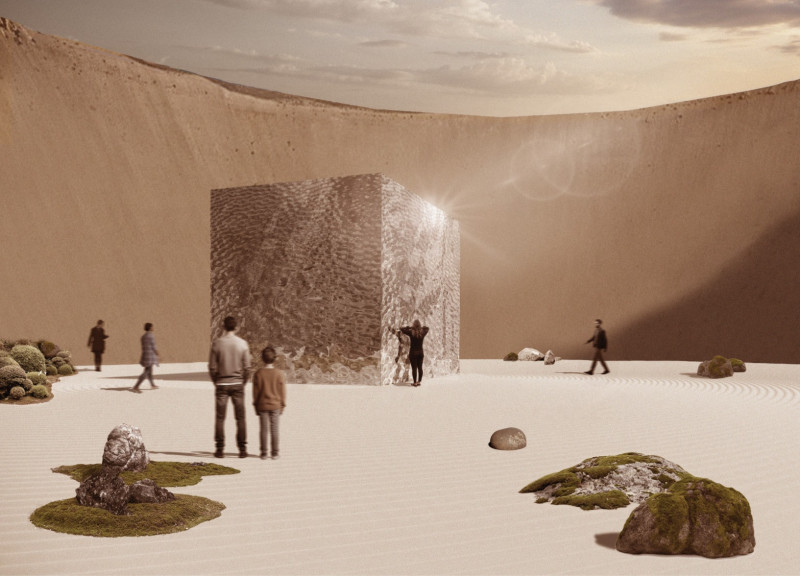5 key facts about this project
At the heart of the project are its conceptual foundations, which emphasize sustainability, community engagement, and holistic design principles. The architecture embodies a modern aesthetic while respecting the traditional values of the locale, creating a unique identity that stands apart from other structures in the area. This project functions as a multifunctional space, tailored to serve various needs—be it residential, commercial, or communal activities. As such, the design is flexible, allowing for adaptive use to better serve the community it inhabits.
A careful examination of the architectural elements reveals an array of important components that contribute to the overall effectiveness of the design. The exterior is characterized by a harmonious blend of natural materials, including sustainably sourced wood, locally produced brick, and energy-efficient glass. These materials not only enhance the aesthetic appeal of the project but also promote energy conservation through passive heating and cooling strategies. The integration of these elements underscores a commitment to environmental responsibility and resource efficiency.
The design incorporates a series of outdoor spaces that encourage interaction and relaxation. These areas are thoughtfully landscaped to foster a connection between the indoor and outdoor environments, inviting occupants to engage with nature while also providing spaces for socialization. Large windows and open layouts ensure that natural light floods the interiors, creating warm and inviting atmospheres that prioritize occupant well-being.
Unique design approaches are evident in the project's layout, which maximizes functionality while minimizing environmental impact. Innovative solutions such as rainwater harvesting systems, solar panels, and green roofs demonstrate a forward-thinking perspective on sustainable architecture. These features are seamlessly integrated into the overall design, reflecting a commitment to creating a building that is not only functional but also environmentally conscious.
In addition to its environmental focus, the architecture encourages community interaction. The strategic placement of gathering spaces—both indoor and outdoor—serves to draw people together, fostering a sense of belonging and community ownership. The design creates environments that promote social engagement, allowing for events, markets, and gatherings to occur in easily accessible areas.
This project is a testament to the potential of thoughtful architecture to enhance everyday life. By prioritizing sustainability, community engagement, and functional design, it sets a benchmark for future projects. Those interested in delving deeper into the specifics of this architectural endeavor are encouraged to explore the detailed architectural plans, sections, and designs available in the project presentation. These resources provide insights into the nuanced thinking behind this architectural undertaking and illustrate how design can effectively respond to both human needs and environmental concerns.


 Eqo Leung,
Eqo Leung, 




















